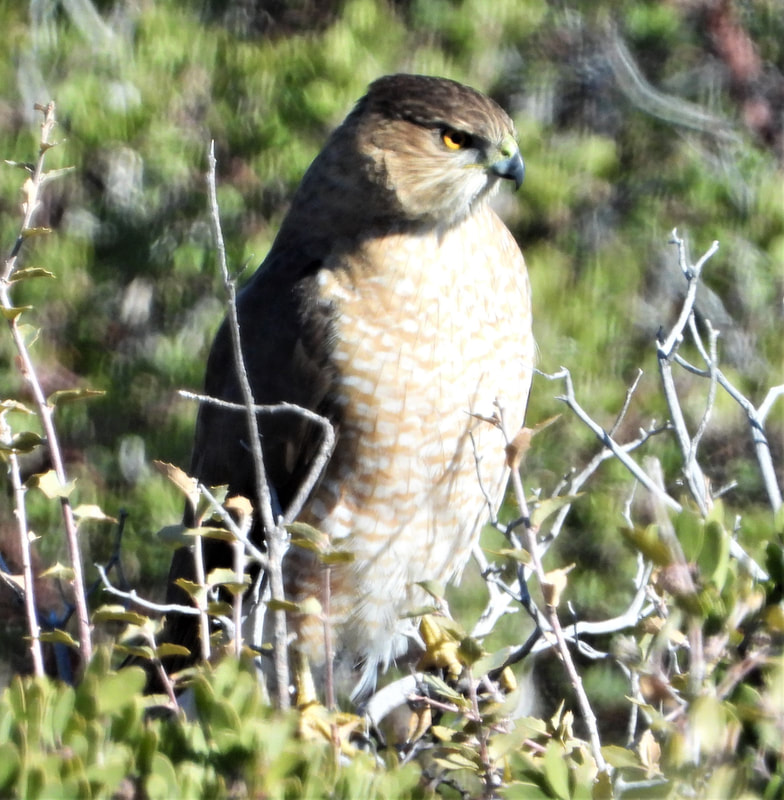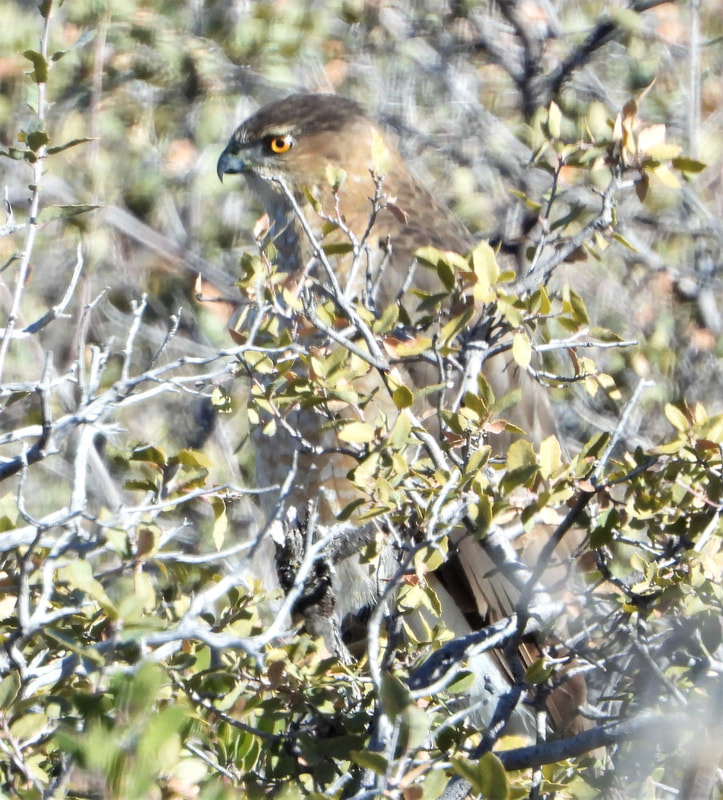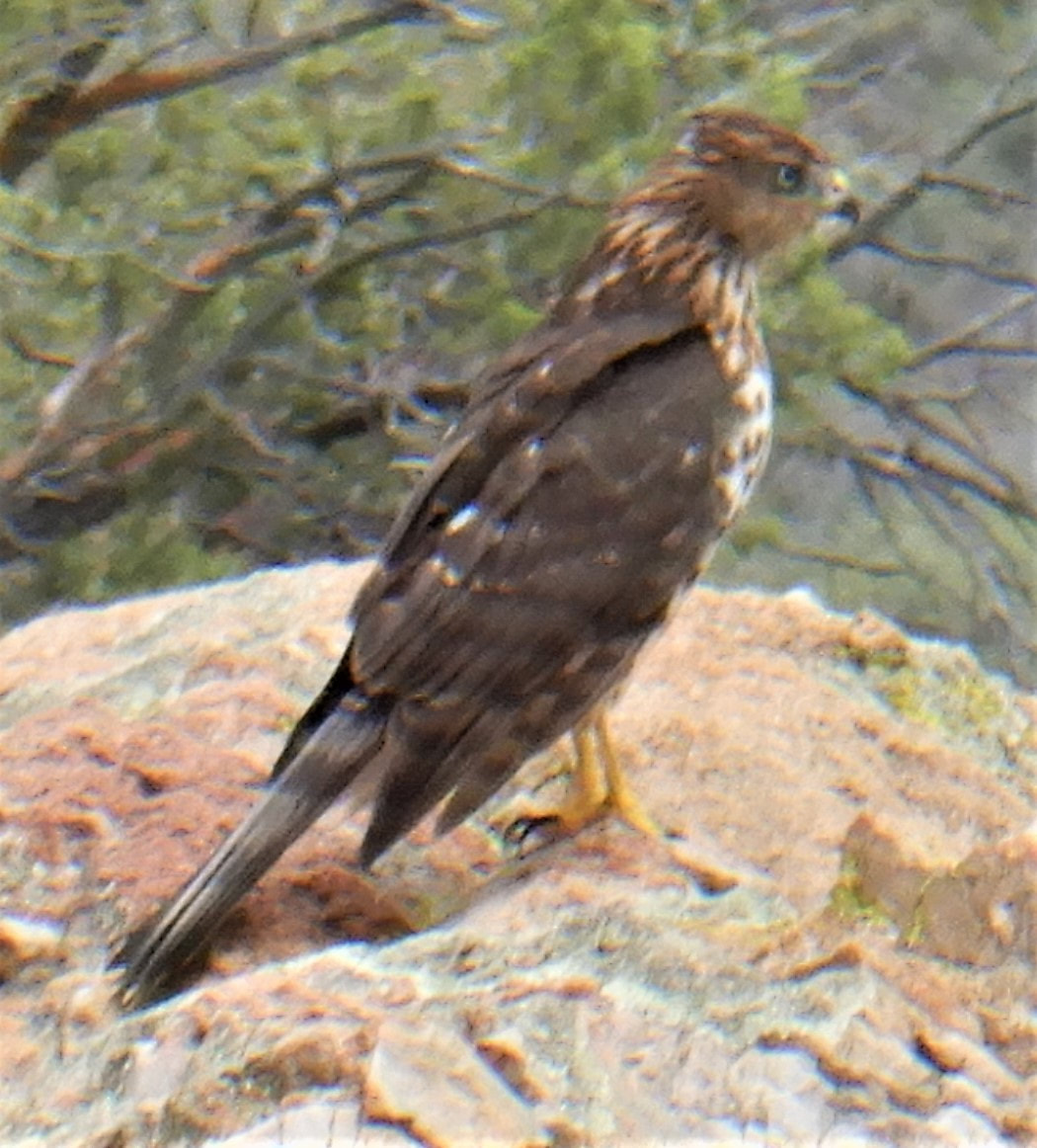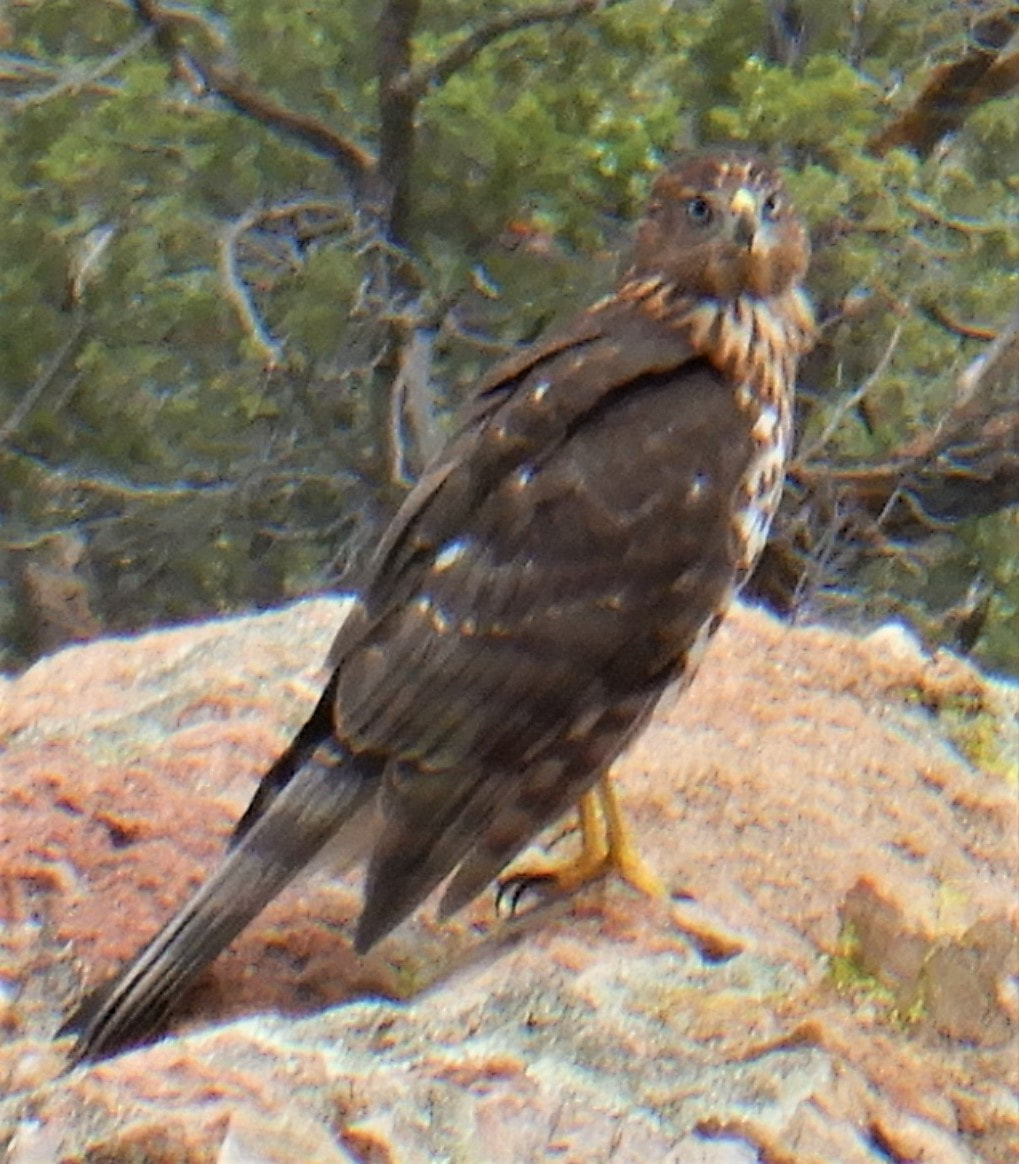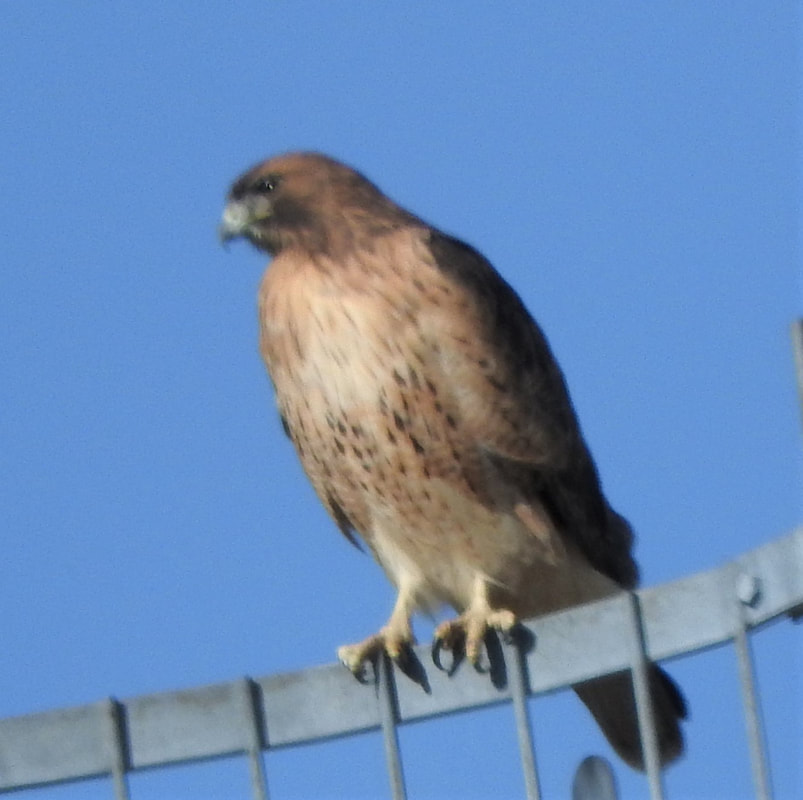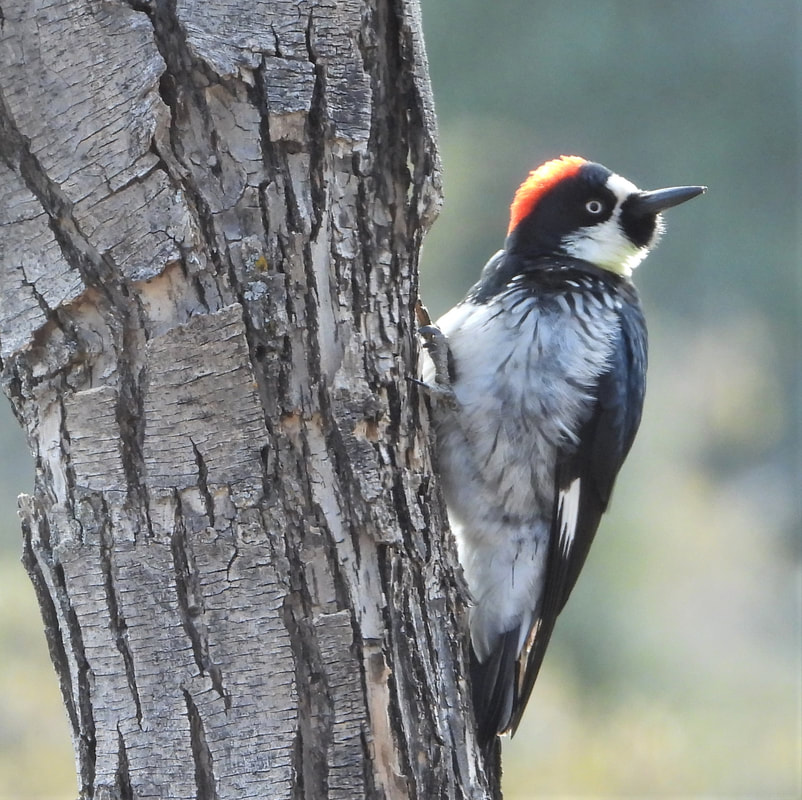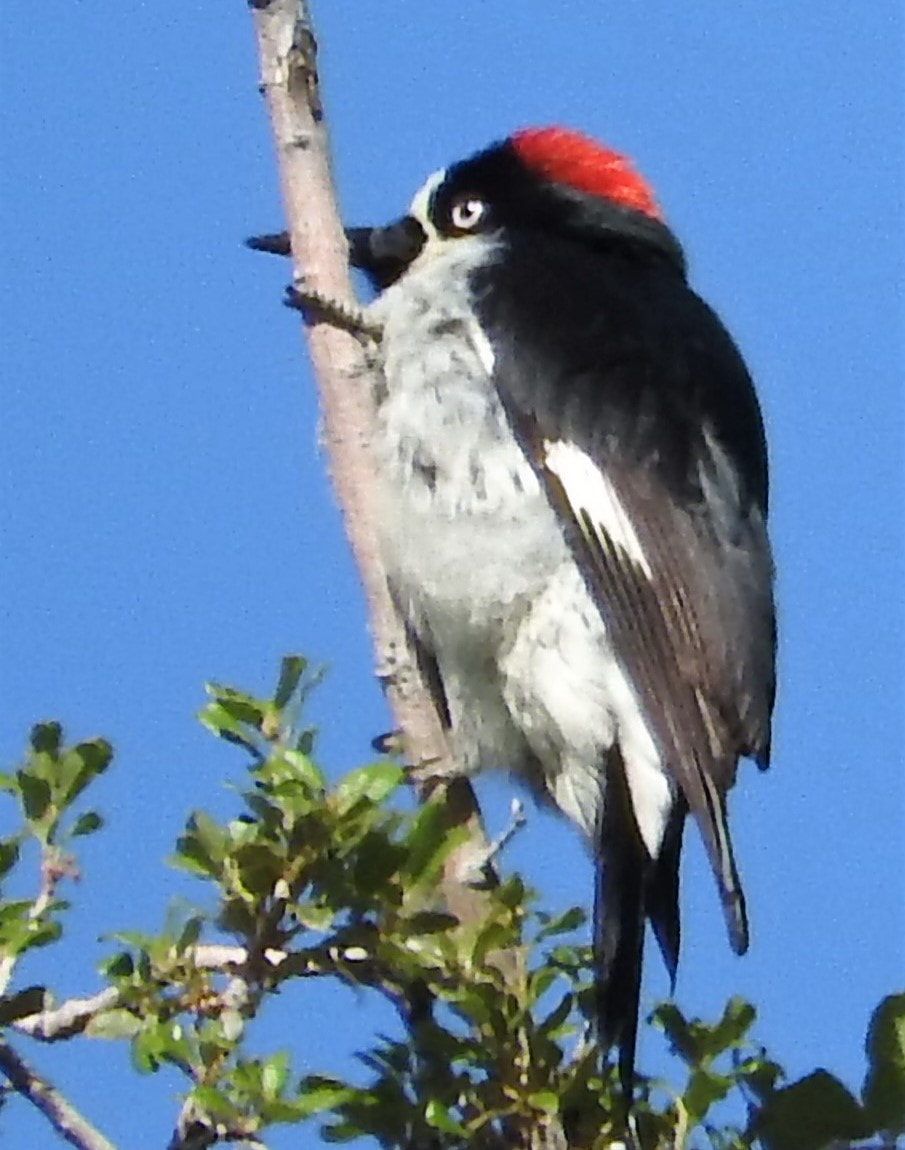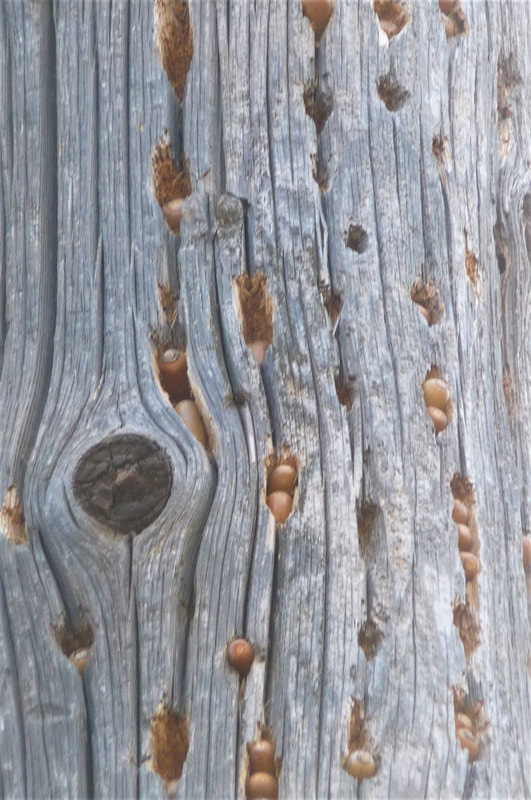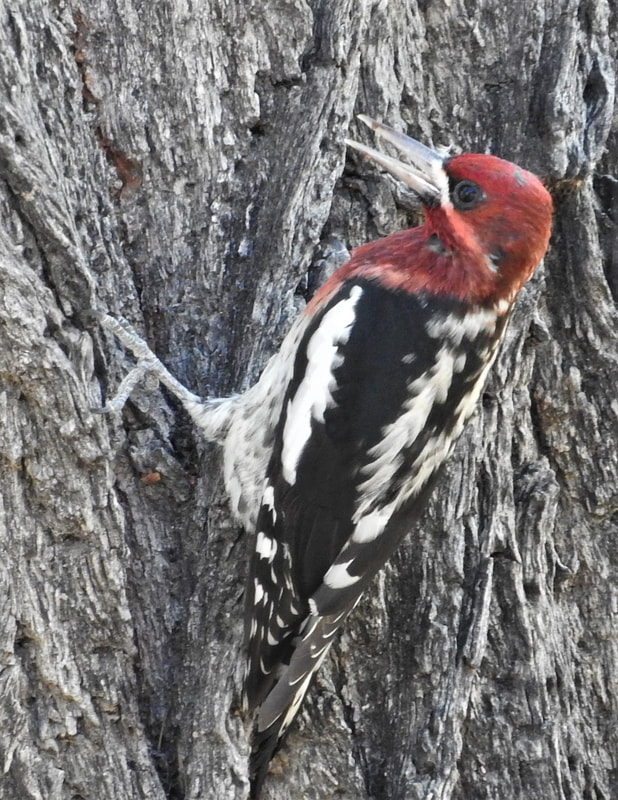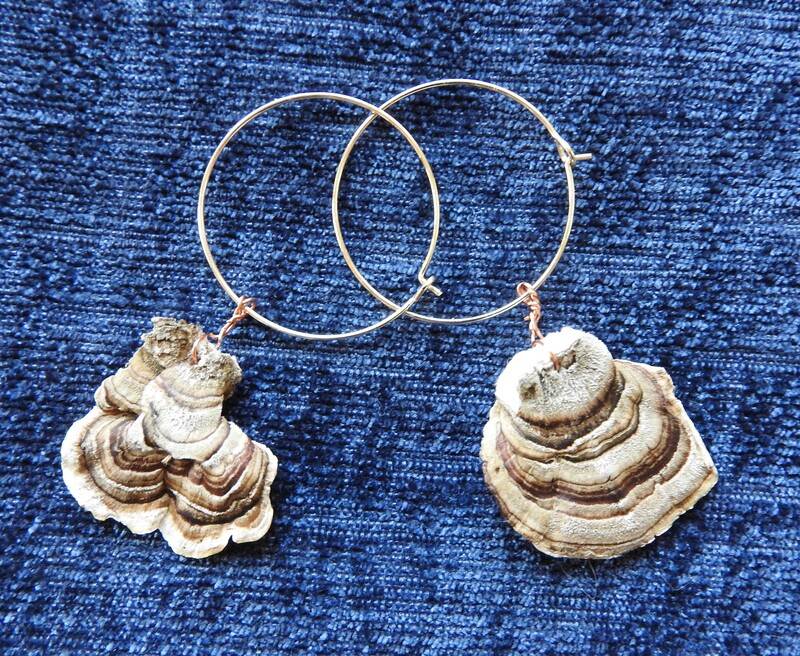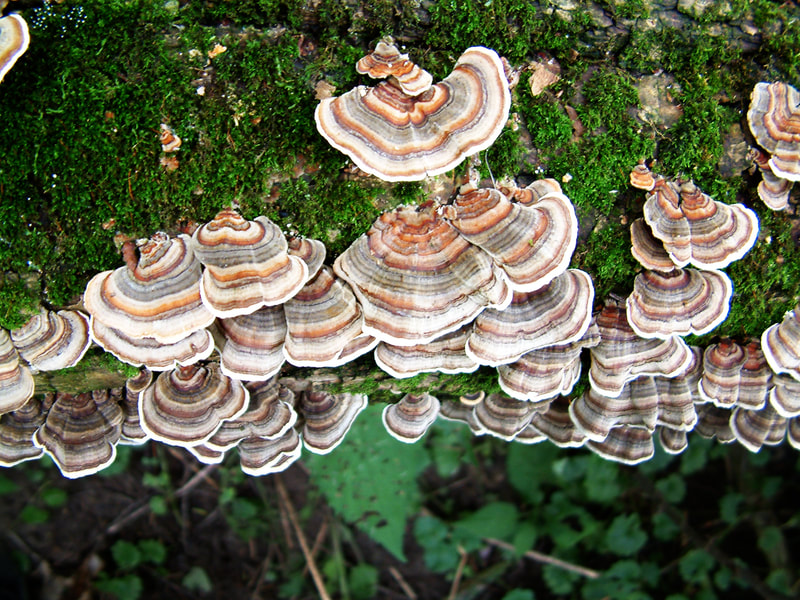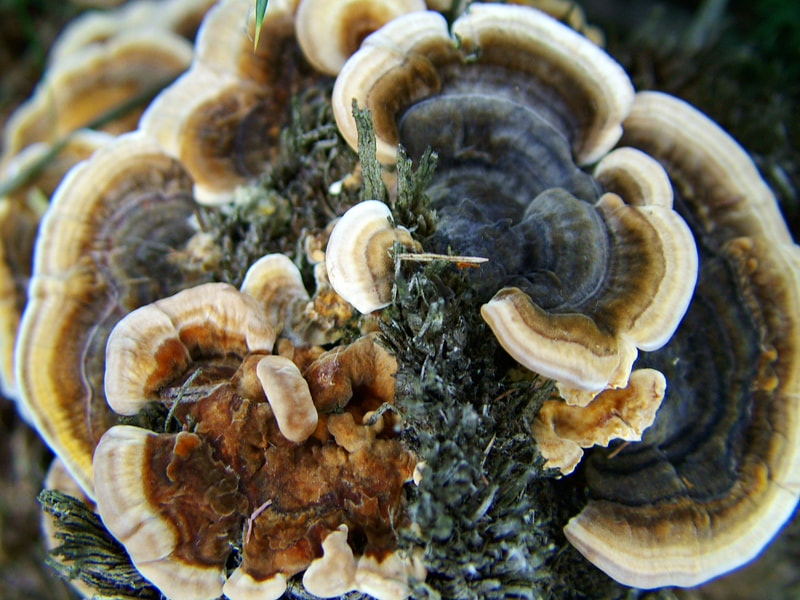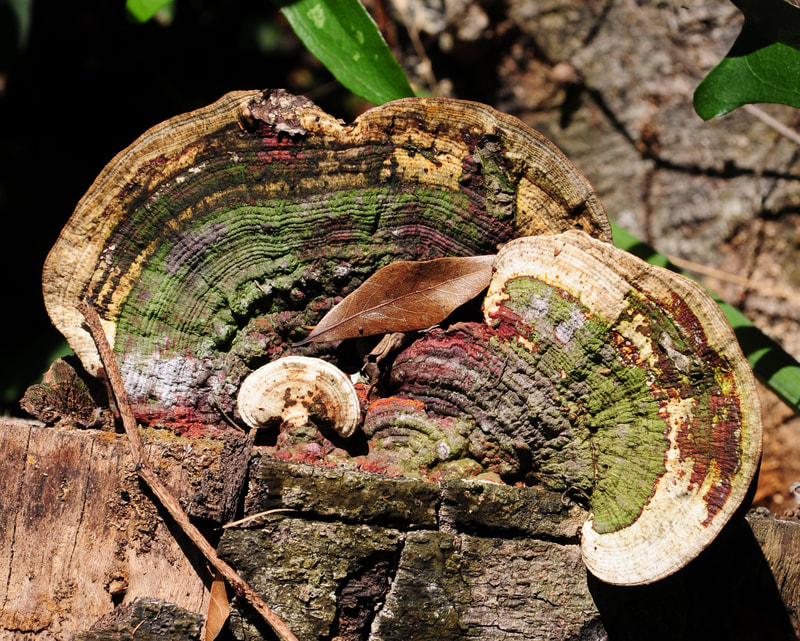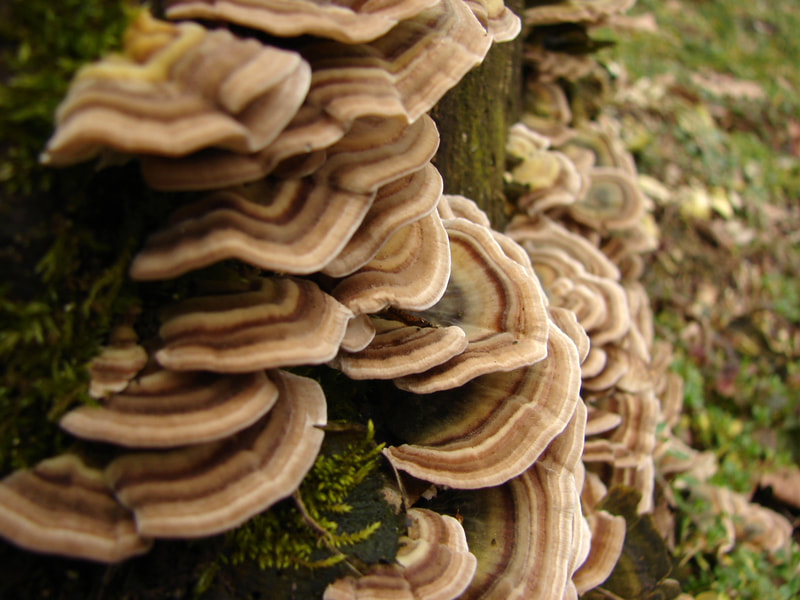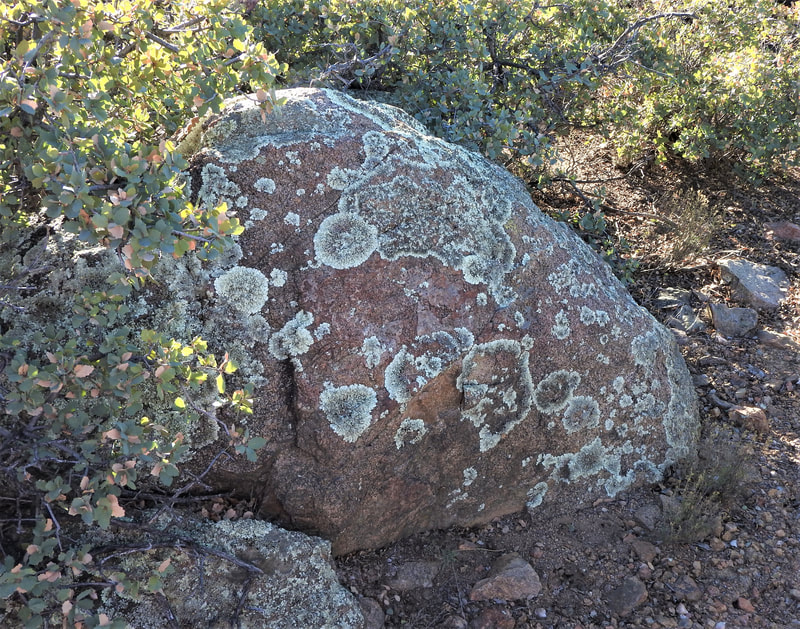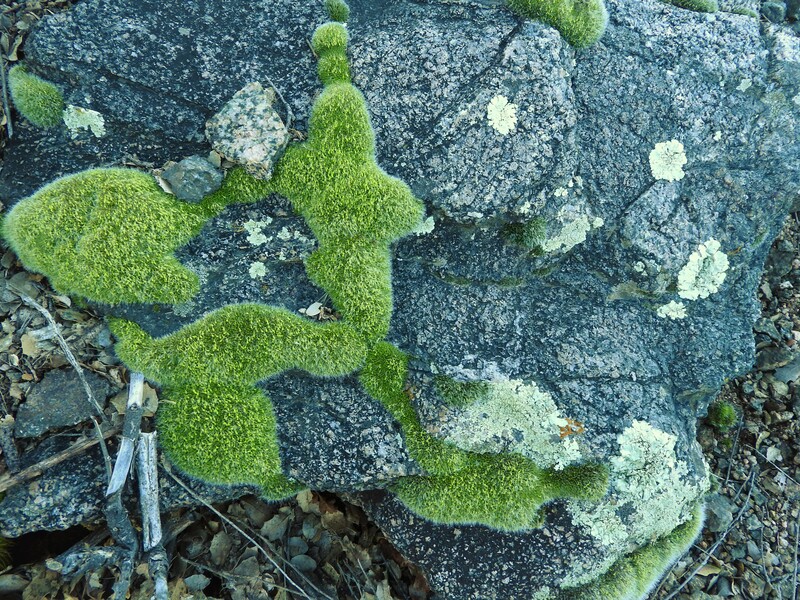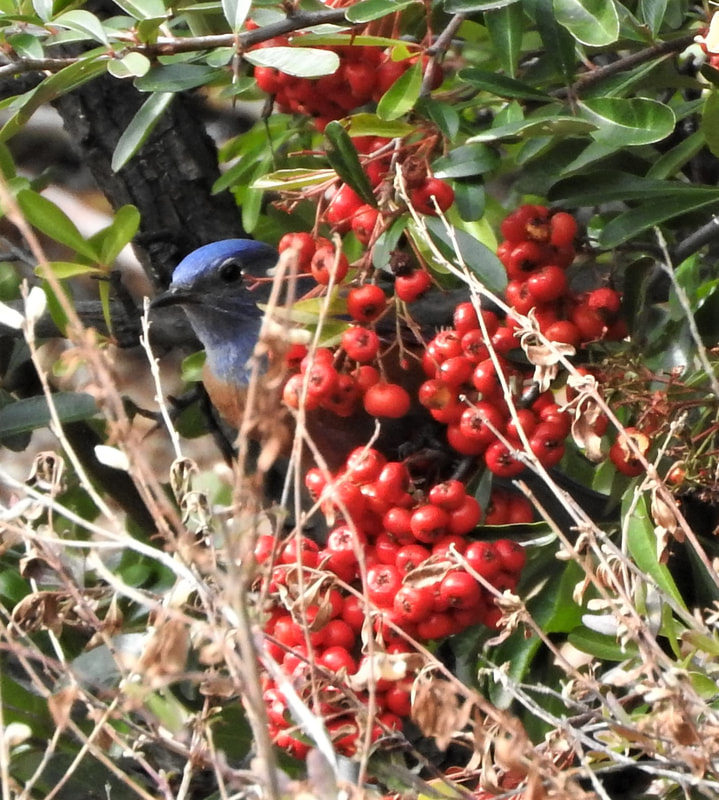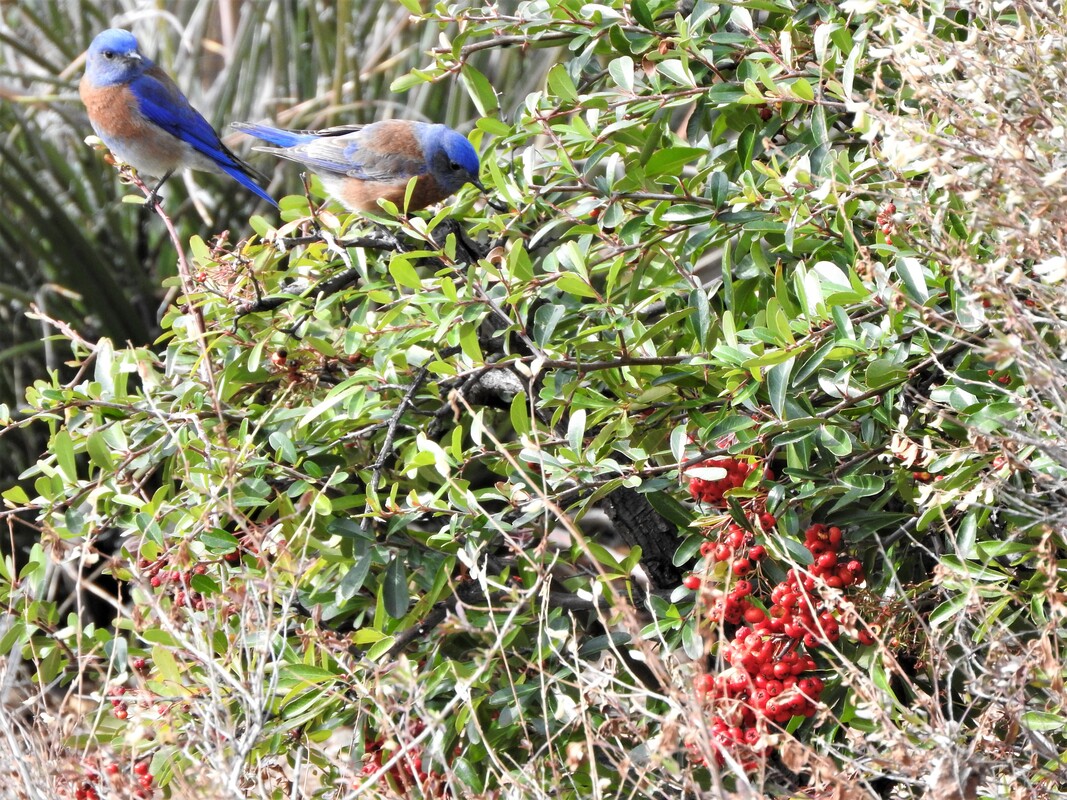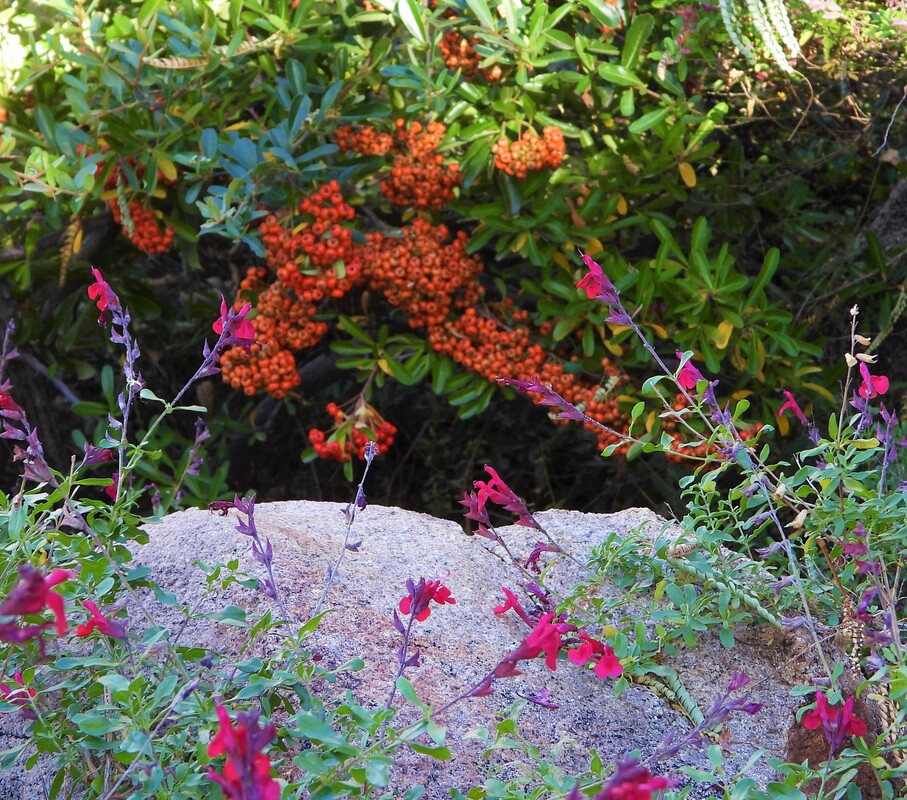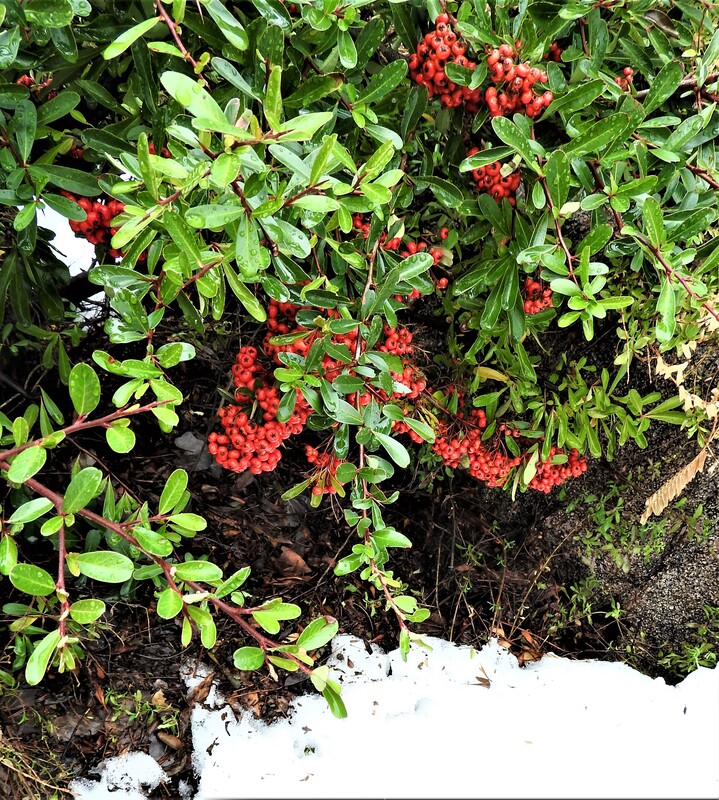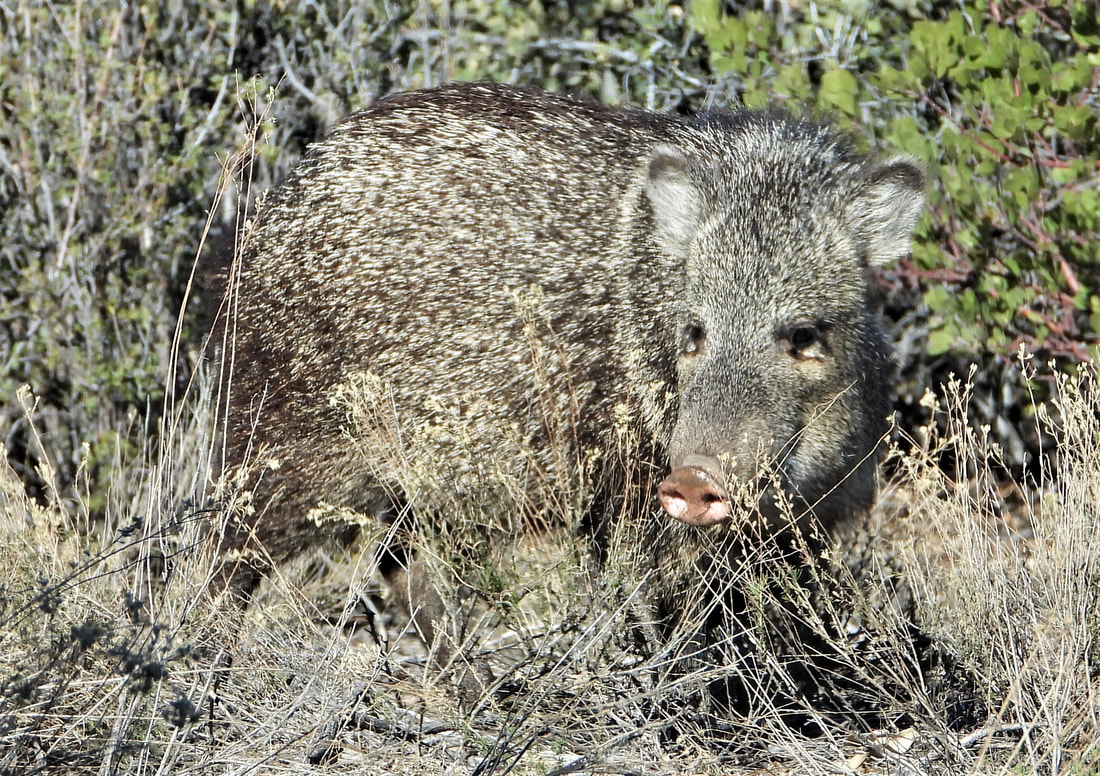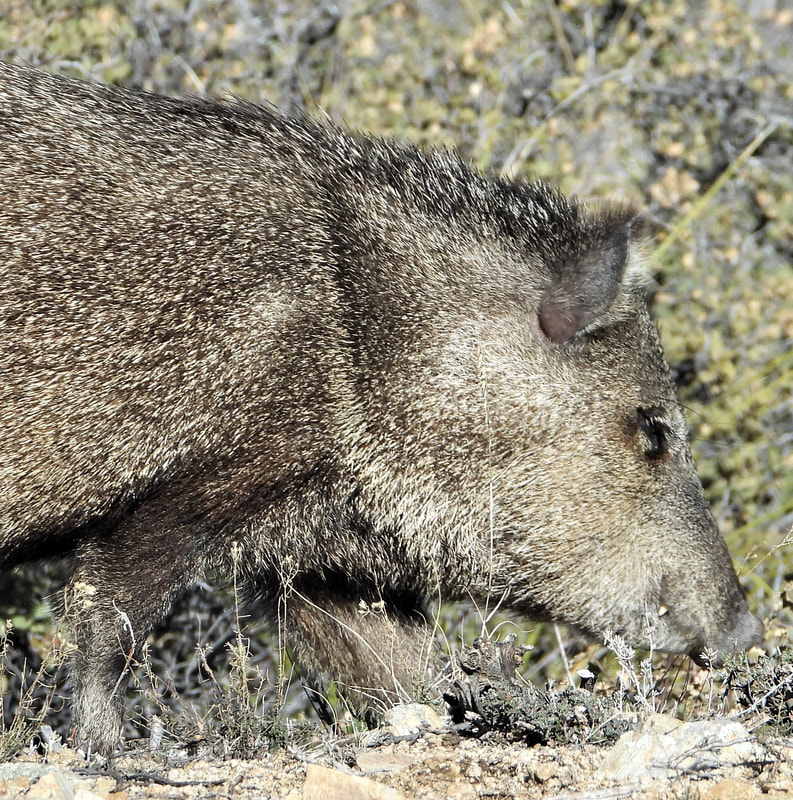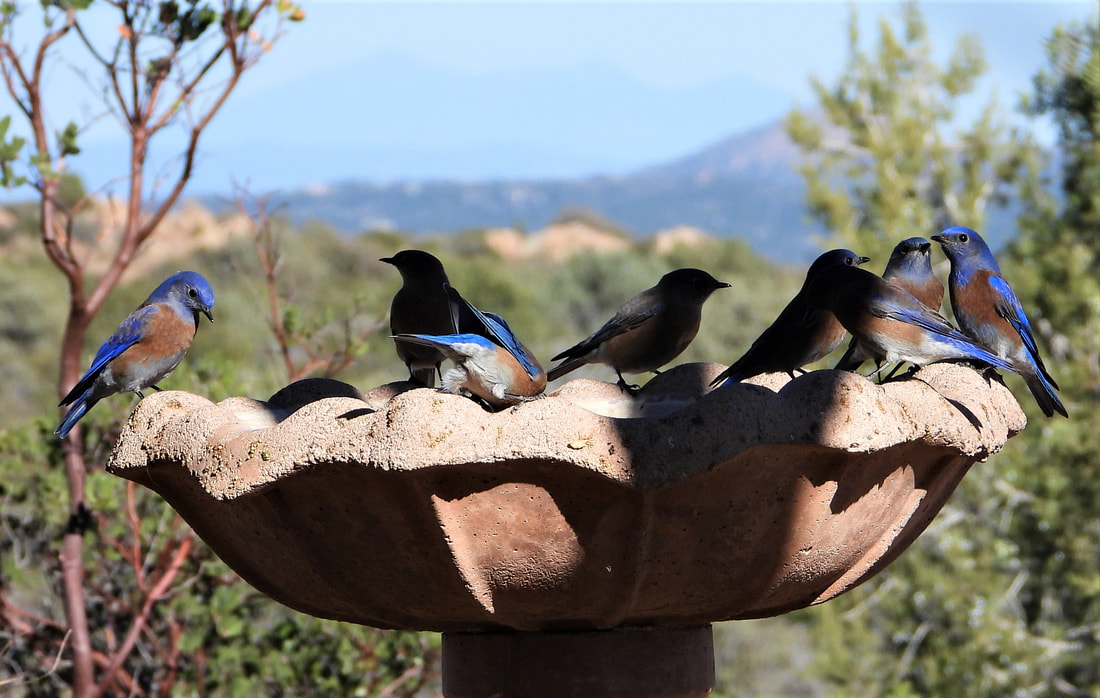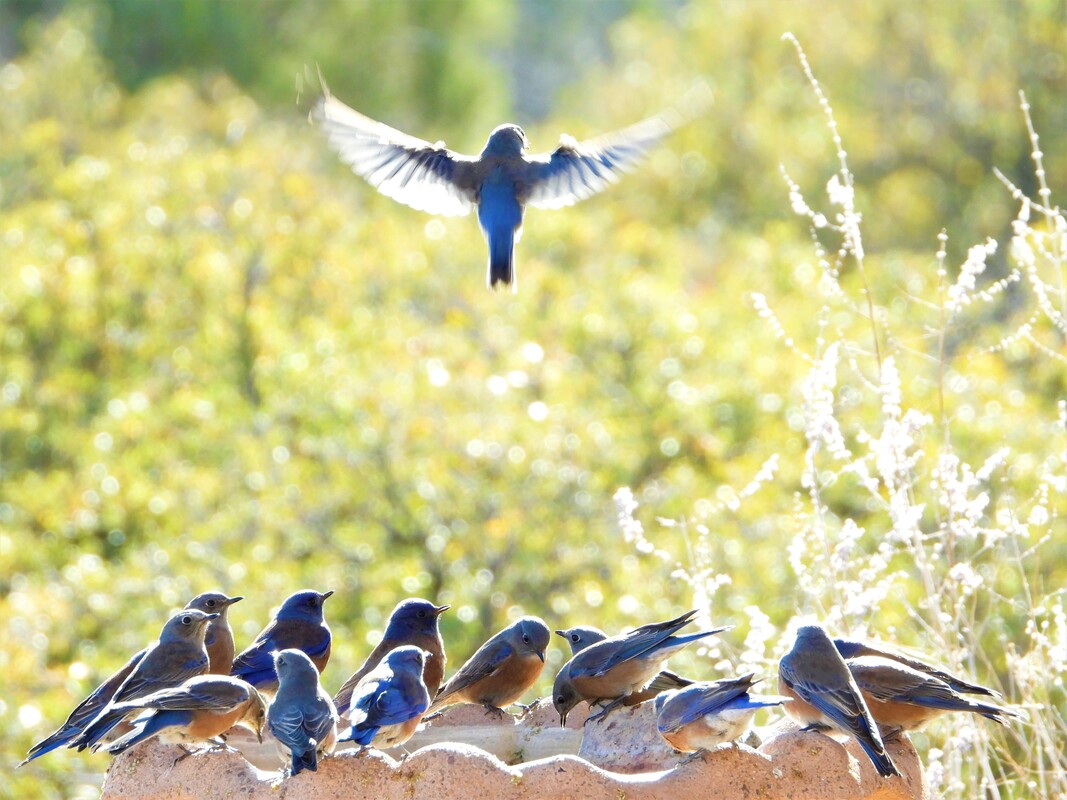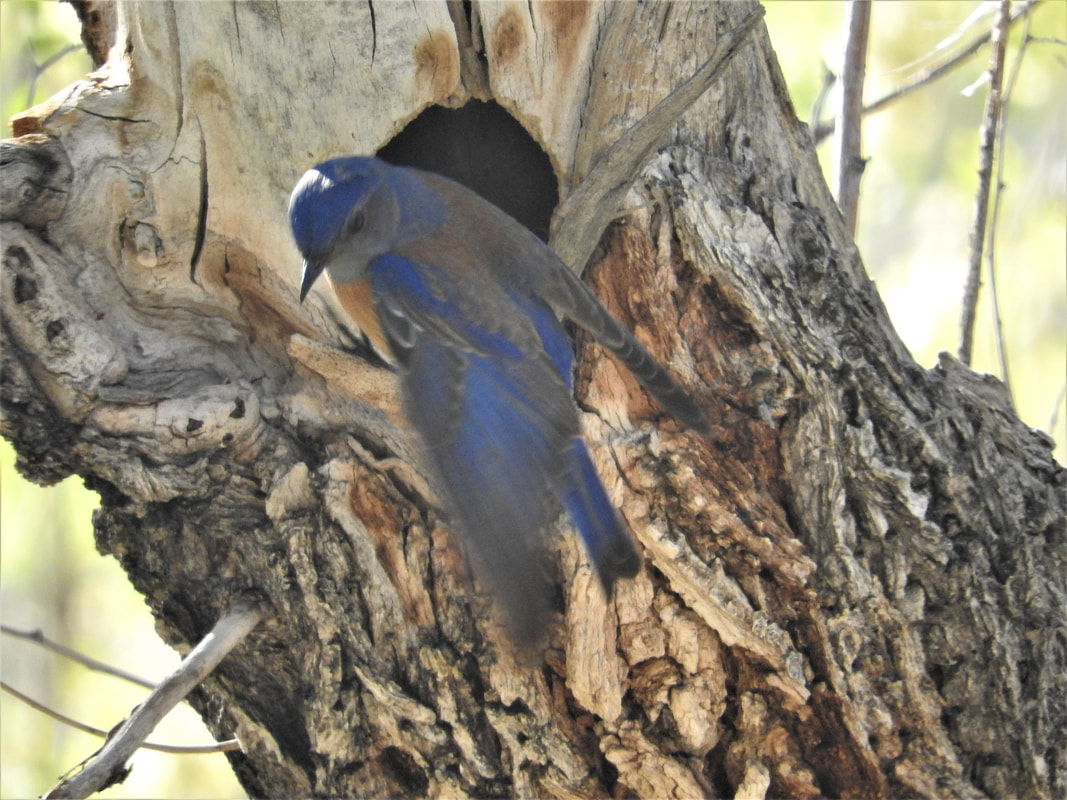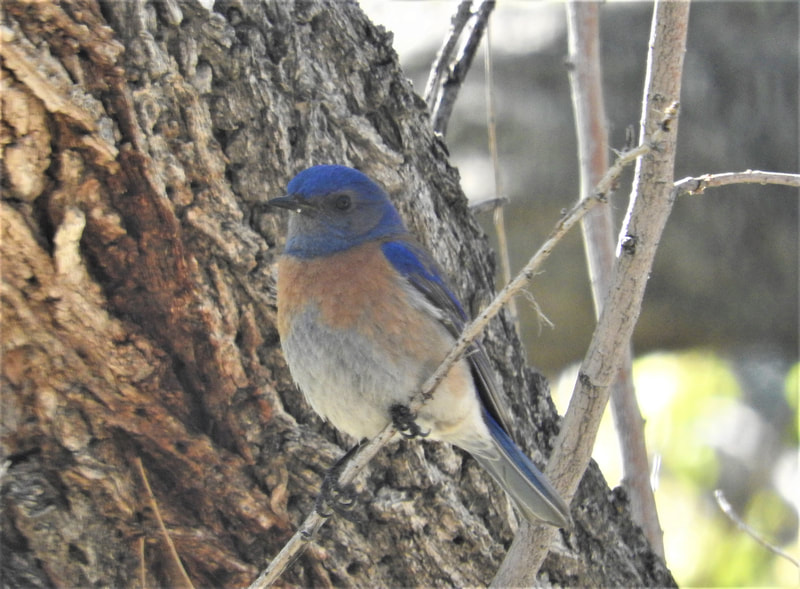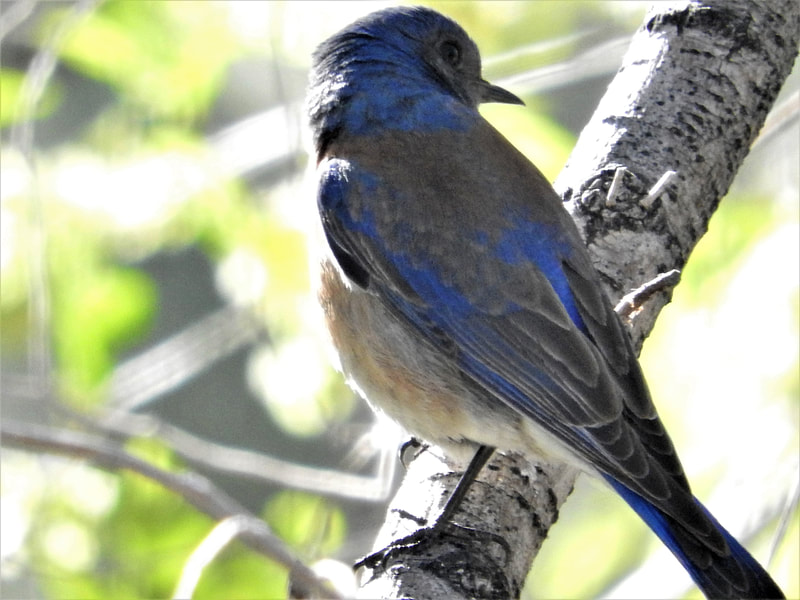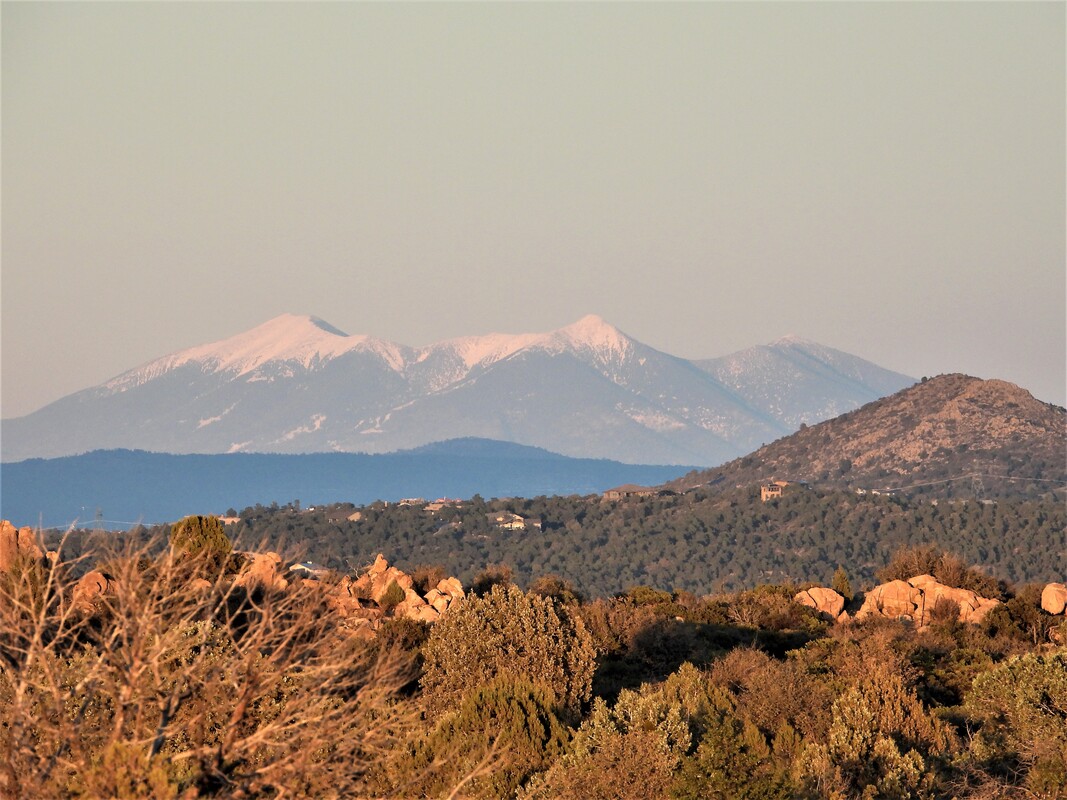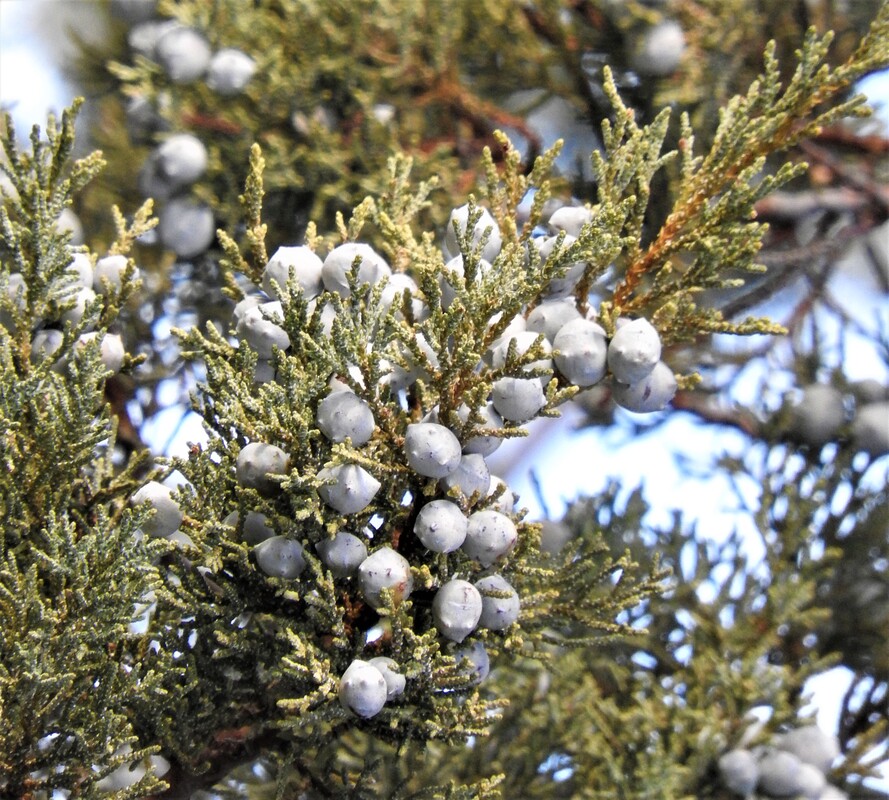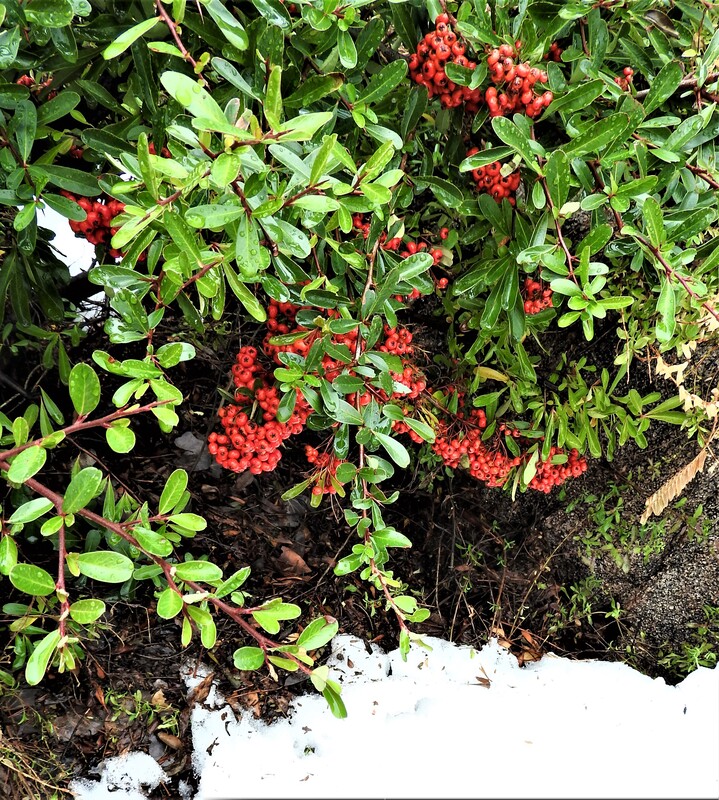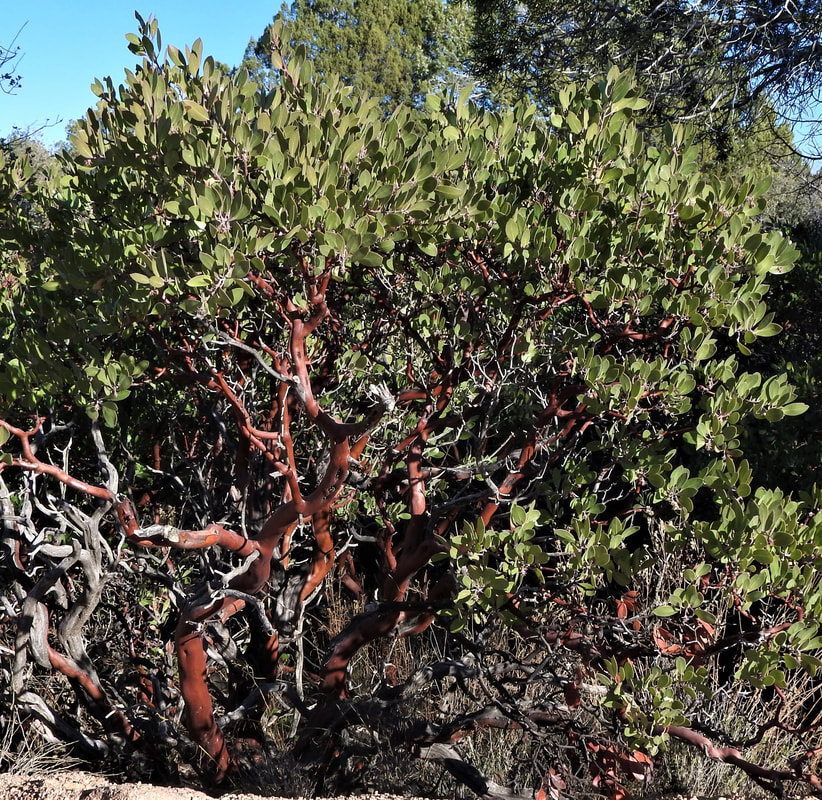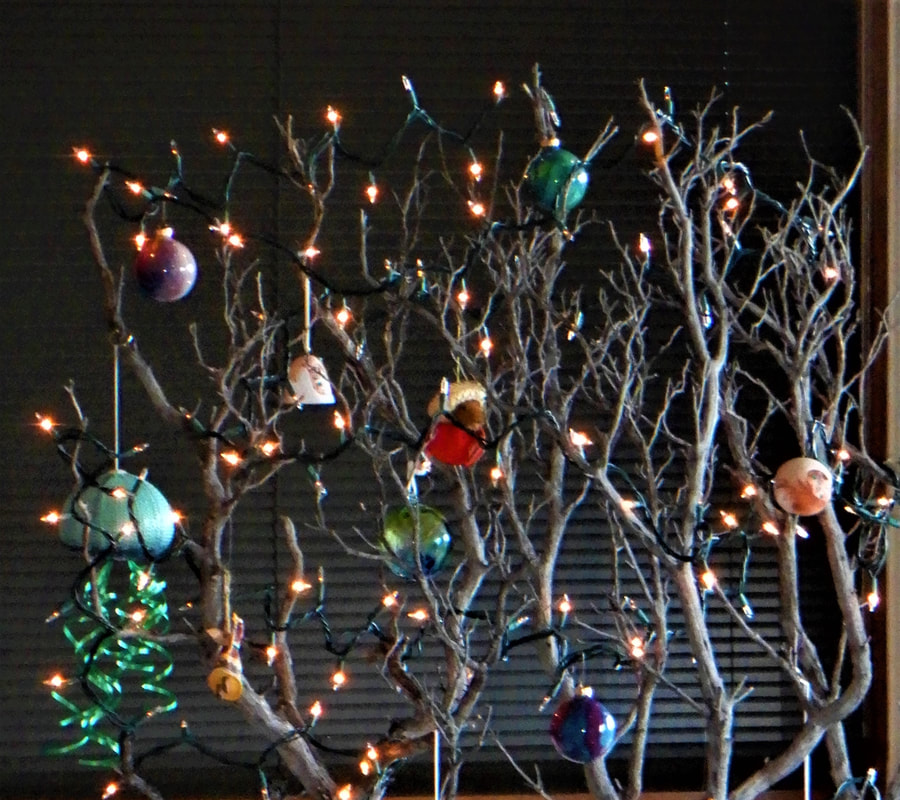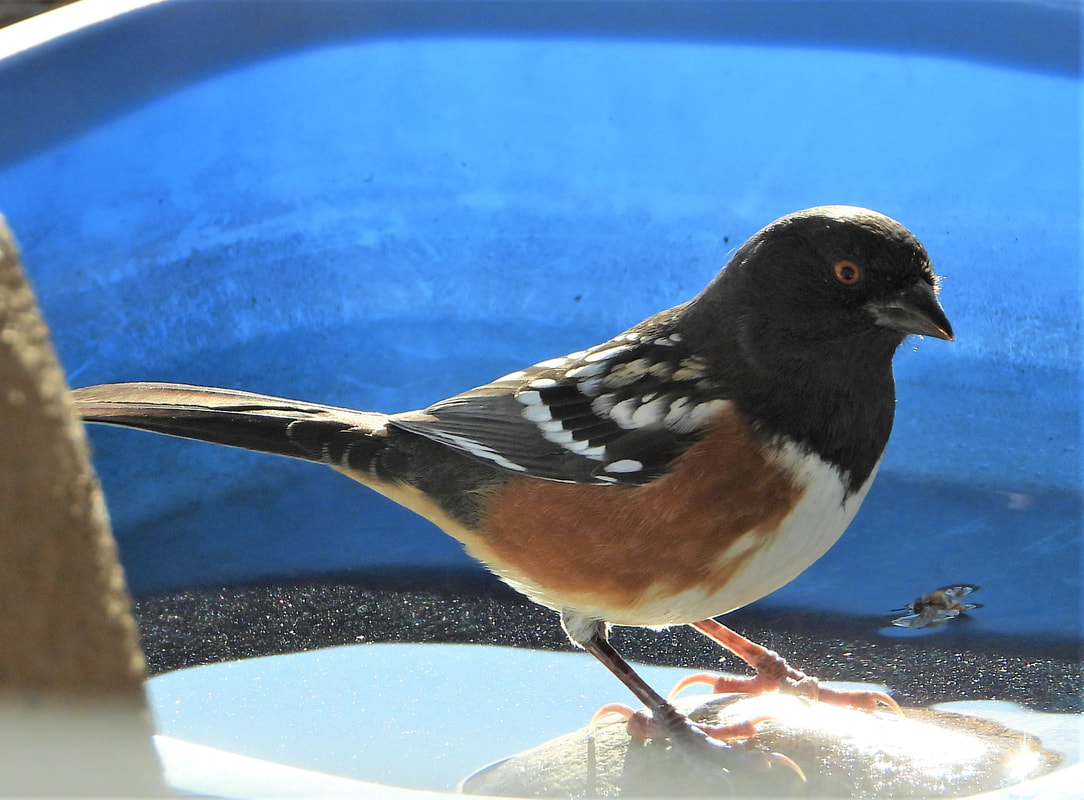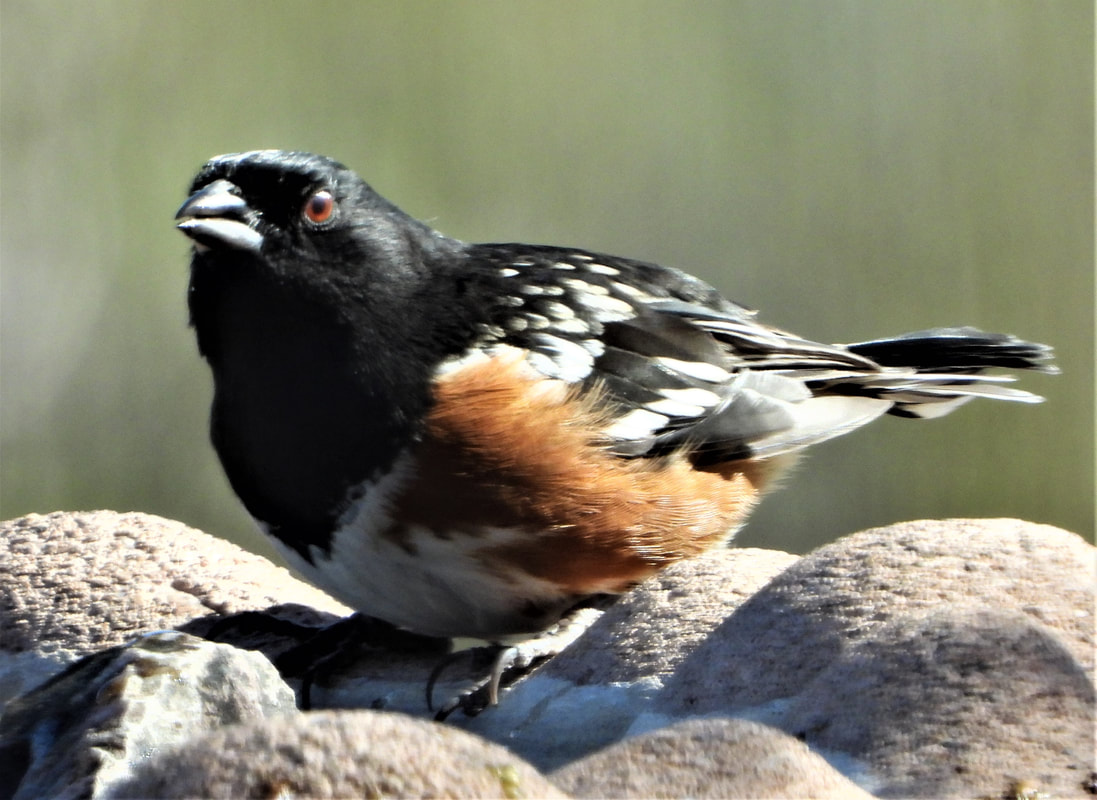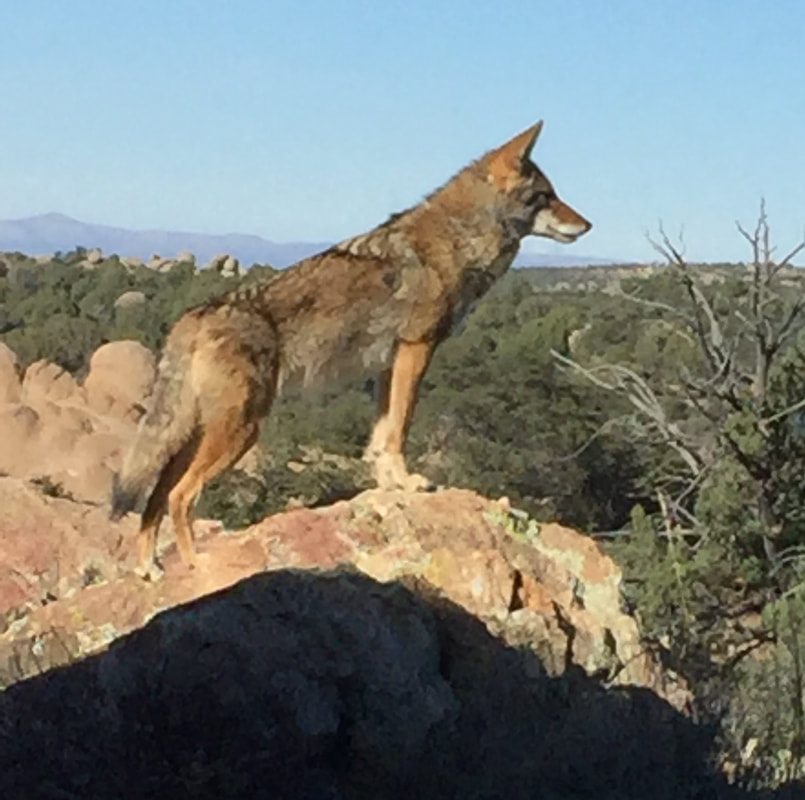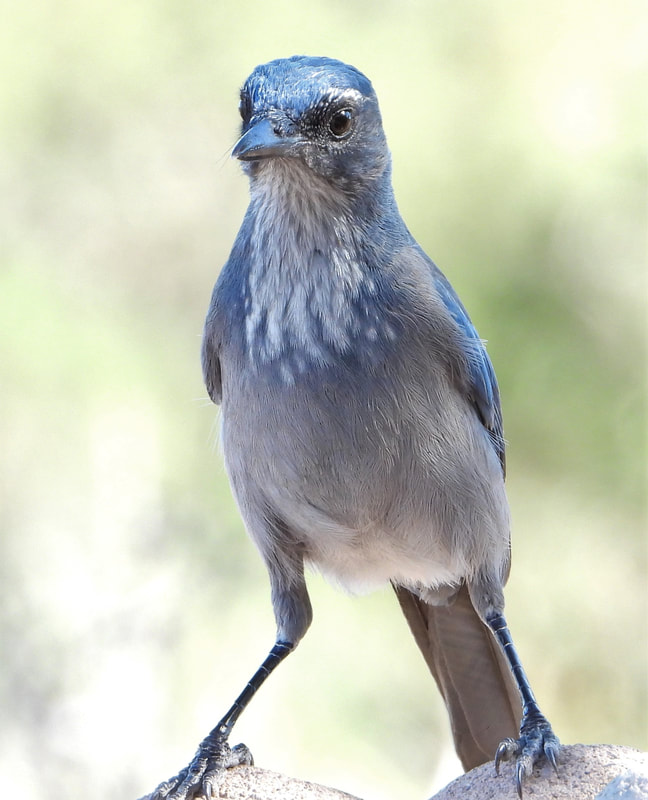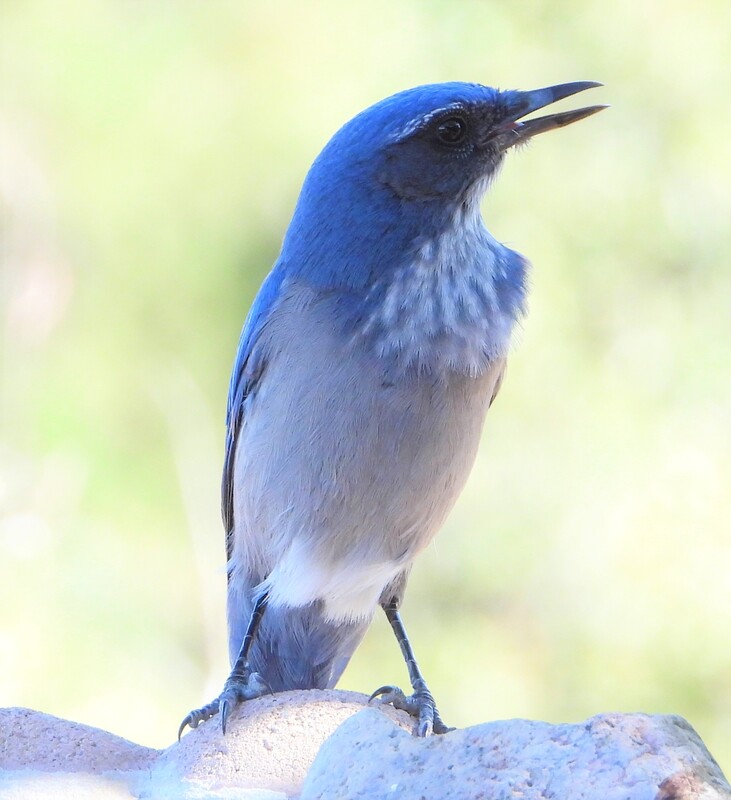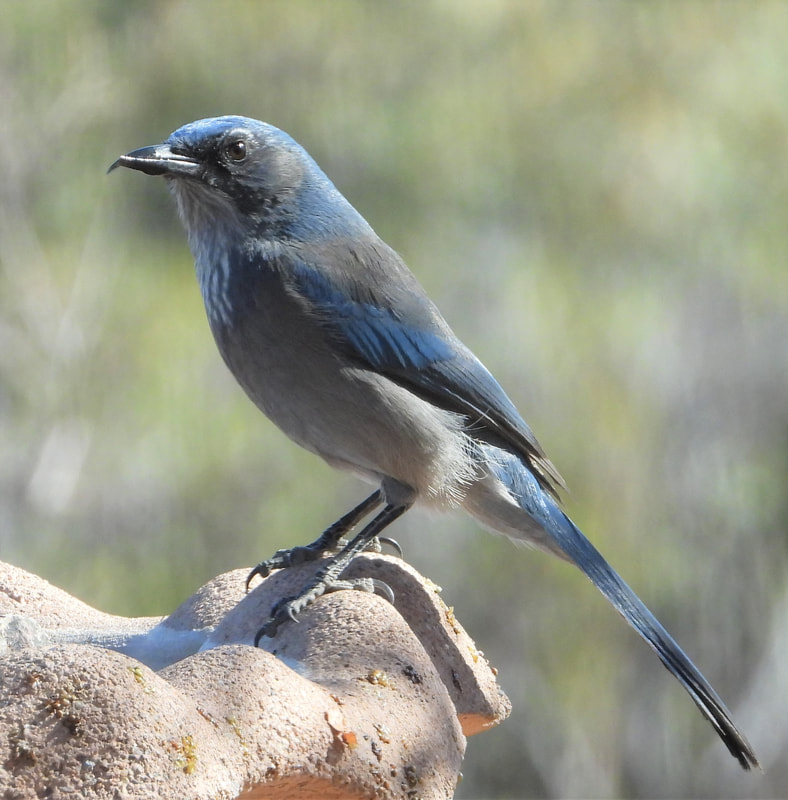When training to be a docent in California, I was told that if you see a soaring hawk and you claim it's a Red-Tailed, you have an 80% chance of being right. Audubon says Red-Tailed Hawks are the most widespread and familiar hawk in America.
Still, I'm going with Cooper's Hawk for this guy or gal (above and below), who chased a scrub jay into our oak bushes a couple of weeks ago. Arizona-Sonora Desert Museum's page on hawks and eagles supports this, saying that Red-Tailed Hawks soar, while the longer tailed, shorter winged Cooper's hawk tends to hunt in dense cover, relying on speed and surprise.
The yellow-barred chest, seen clearly in the top photo, really matches the Cooper's Hawk pictures on the All About Birds website.
In case you're on the edge of your seat regarding the poor scrub jay—A few minutes later he zipped away, the hawk fast on his heels. (Do birds have heels?) I can't say that he escaped unharmed, nor can I say that the hawk managed to eat and live another day. And I'm not sure which to hope for. I guess it's best to leave it up to Mother Nature.
This guy (photos above and below) landed a our boulder momentarily in July of 2018. I'm going with Cooper's Hawk again, based on the long tail and the fact that he was hanging around our scrubby oak chaparral.
Oooops. He caught me staring!
The lovely fellow in the awful picture above was a LOOOONG way away, perched high on an antenna at Sunset Point rest area on the way to Phoenix in late January of this year. While I can't see the color of his tail, I'm going with Red-Tailed on this one for two reasons: 1) That tail looks shorter to me, more like that of the broad-winged, shorter tailed soaring hawk, and 2) He's sitting high up and scanning a more open hunting ground.
But hawk identification is not my strong suit. So, PLEASE, help me out if you know better! There's always Red-Shouldered, Sharp-Shinned, Swainson's, Harris's, and Harrier.
